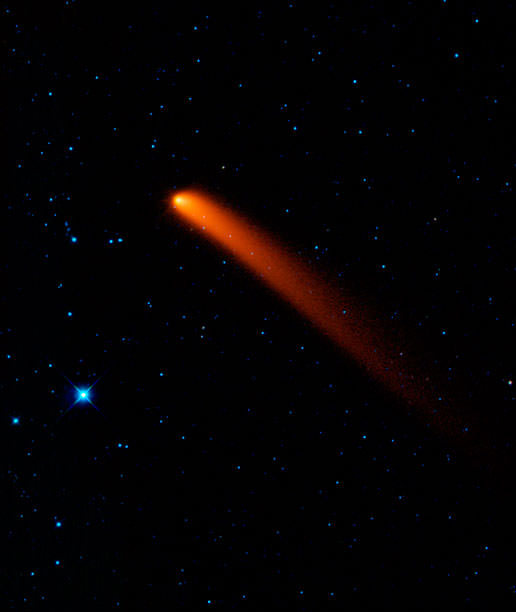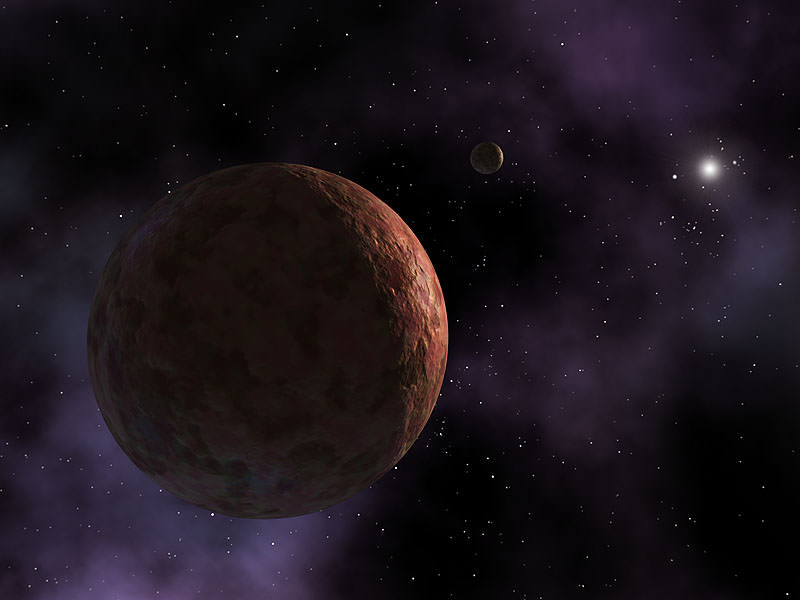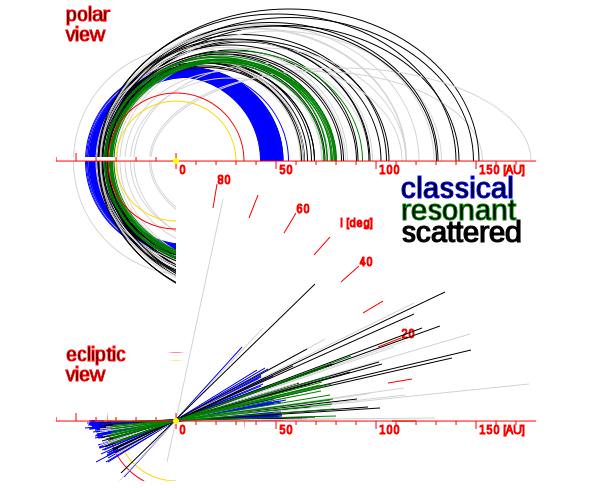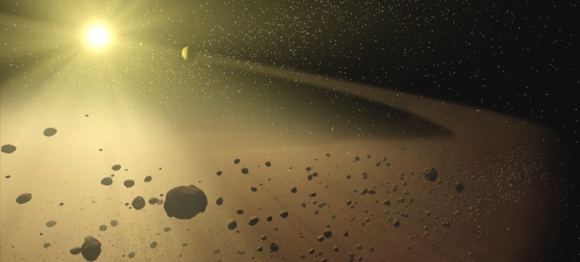[/caption]
An old story got new legs this week as word went viral of a possible new 9th planet in our solar system – a gas giant bigger than Jupiter – which could be hiding somewhere in the Oort Cloud, just waiting to be found.
An article this week in The Independent suggested the new planet, called Tyche, had already been found among data from the WISE mission. This prompted the WISE team to post a rebuttal on their Facebook page: “Not true. A pair of scientists published a paper stating that if such a big planet exists in the far reaches of the Solar System, then WISE should have seen it. That is true. But, analysis over the next couple of years will be needed to determine if WISE has actually detected such a world or not.”
To make sense of this all, Universe Today sought out a scientist who has looked at the outer solar system as much as anyone, if not more: Mike Brown, of Eris, Haumea and Makemake fame – to get his take on Tyche.
“Yes,” said Brown, “this is all getting pretty funny these days!”
The story starts at least a decade ago. For years John Matese of the University of Louisiana at Lafayette and colleague Daniel Whitmire have been trying to figure out why many of the comets that originate from way out in the distant-most part of our solar system — the Oort Cloud — have strange orbits that don’t jive with theories of how comets should behave. The two scientists first suggested that the gravitational influence from a dark companion to the Sun — a dim brown-dwarf or red-dwarf star — was sending comets careening towards the inner solar system. They called it Nemesis, (another thing that went viral), but the Nemesis idea has widely been refuted.
Last year, Matese and Whitmire suggested that possibly a large planet four times the mass of Jupiter in the Oort Cloud could explain why long-period comets appear to be clustered in a band inclined to the ecliptic instead of coming from random directions. (Here’s their paper.)
Then came a revival of their theory with several articles about it this week, reporting it as seemingly fact.
Could there possibly be a giant planet 500 times as distant as Neptune?
“Absolutely,” Brown said. “Many people have speculated about such possibilities for a long time. It’s an intriguing idea because, well, it would be fun, to say the least.”
But beyond fun and excitement, is there actually any evidence for it?
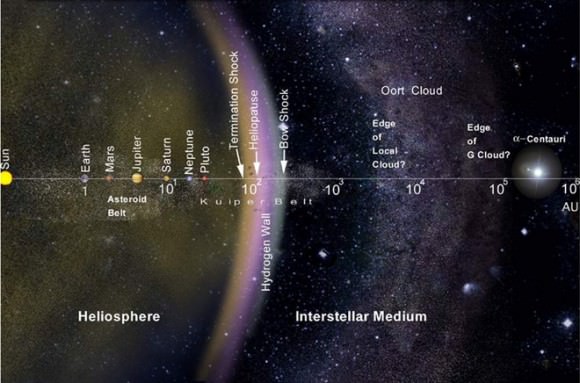
“Well, the quality of the data that Matese and Whitmire have to work with is pretty crummy –no fault of their own — it’s just the historical record of where comets have come from,” Brown said in an email. “I don’t believe that anyone understands the ins and outs of the data set well enough to really draw a robust conclusion. But, Matese and Whitmire did the best they could and think the data point to something out there.”
Does Brown think there is really something out there?
“Well,” he said, “if I had to bet one way or another I’d bet no. The data don’t convince me, and there is no other hint anywhere that such a thing is real. So I’m pretty skeptical.”
That being said, however, Brown believes WISE really does have a good chance of detecting this type of object way out there – if it exists — even if the predictions have nothing to do with the real object.
“This is something that people will absolutely be looking for when the data are released,” Brown said, “and, indeed, the WISE team is undoubtedly already looking for — not because of the prediction, but simply because it’s the right way to search this unknown region of the solar system!”
So don’t worry about the International Astronomical Union having to confirm or name a new planet in our solar system, at least for now.

